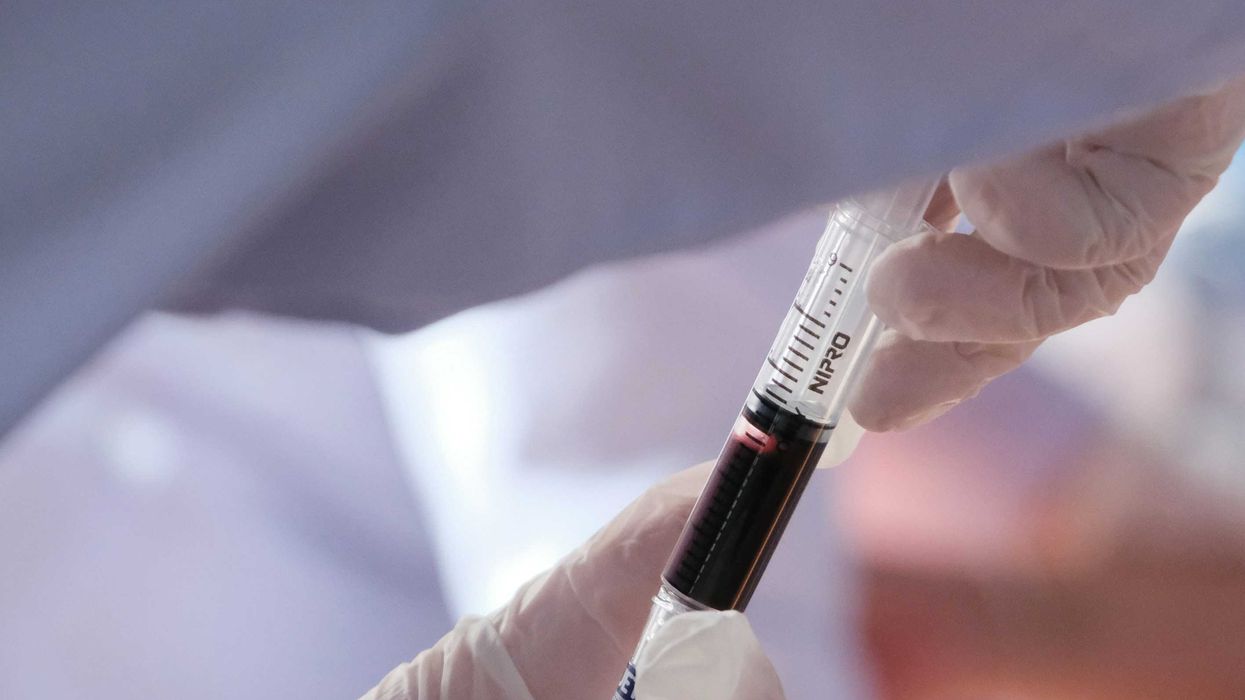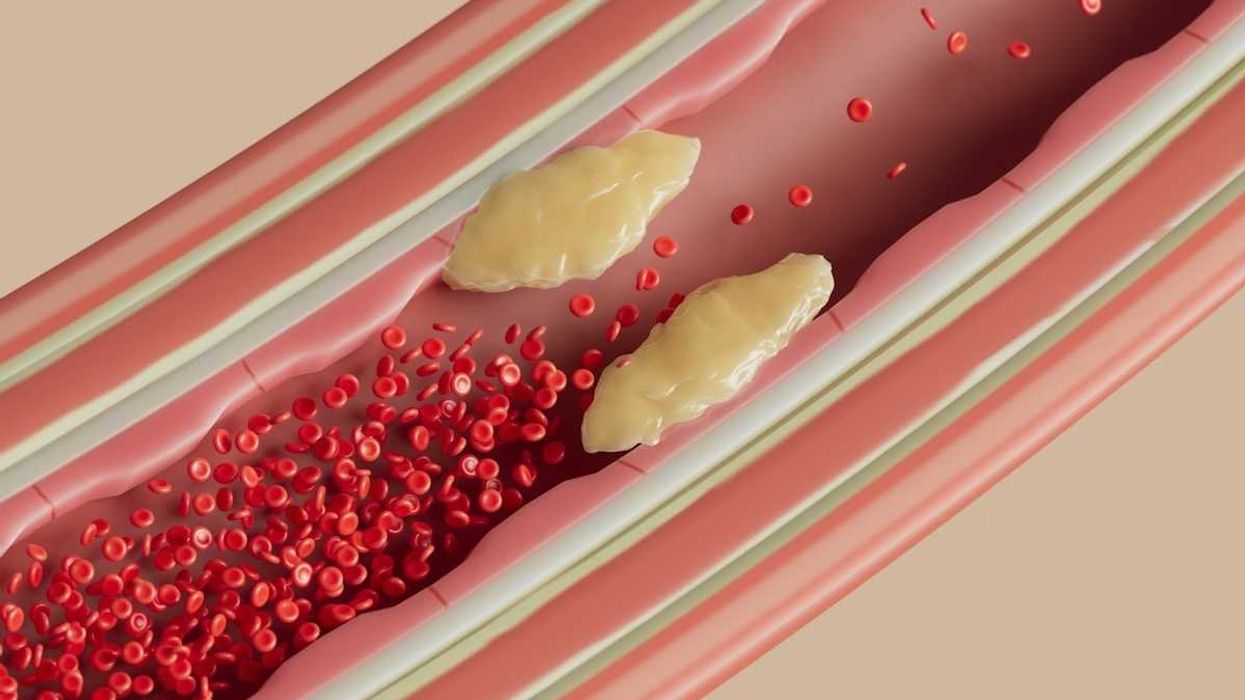DDT, once hailed as a miracle insecticide for saving countless lives during WWII, has faced a tumultuous journey from hero to villain due to its persistent environmental and health impacts.
Mike Sutton reports for Chemistry World.
In short:
- DDT was synthesized in 1874 but remained unnoticed until its insecticidal properties were discovered in the 1940s.
- Initially celebrated for combating diseases like malaria and typhus, it was later found to accumulate in the environment, causing severe ecological damage.
- Despite being banned or restricted, debates persist about its controlled use to combat malaria amidst growing resistance to other pesticides.
Key quote:
“‘My fly cage was so toxic after a short period that even after very thorough cleaning of the cage, untreated flies, on touching the walls, fell to the floor.”
— Paul Müller, Nobel Laureate
Why this matters:
DDT's story highlights the complex balance between immediate public health benefits and long-term environmental risks. Its controversy underscores the ongoing struggle to find effective, sustainable solutions to global health challenges like malaria. Read more: Pesticide DDT linked to increased breast cancer risk generations after exposure.














